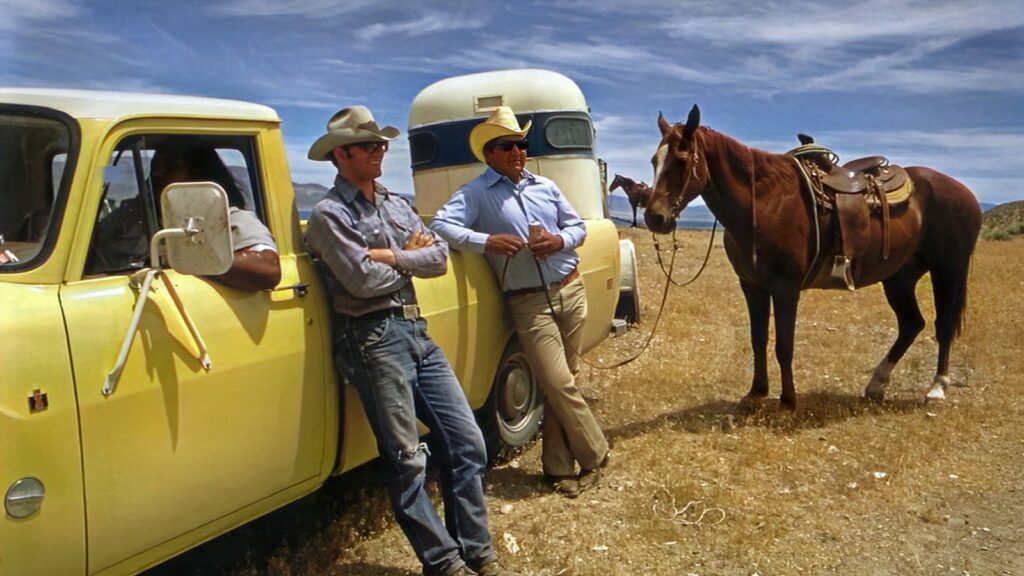In an age of mechanization and technology, there exists a world where the rhythm of life still moves at the pace of a horse’s gait. Across America’s vast landscapes, historic ranches maintain traditions that date back to the pioneering days of the Wild West. These celebrated spreads aren’t just preserving a lifestyle; they’re keeping alive the authentic partnership between humans and horses that built the American frontier. From the sprawling plains of Texas to the rugged mountains of Montana, these ranches represent living museums where horses remain essential working partners rather than mere recreational luxuries. Their commitment to traditional horsemanship stands as a testament to a heritage that refuses to be relegated to the history books, demonstrating that sometimes the old ways remain the best ways, especially when it comes to understanding and working the land.
King Ranch: The Birthplace of the American Quarter Horse Tradition
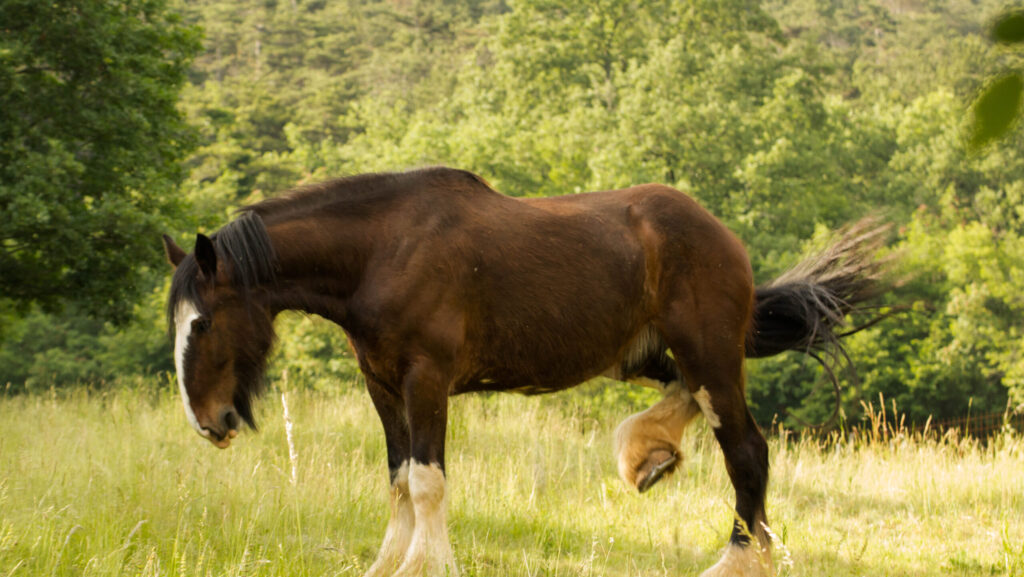
Spanning 825,000 acres across South Texas, King Ranch stands as an American legend that helped define Texas ranching culture and remains one of the most influential horse operations in the country. Founded in 1853 by Captain Richard King, this massive operation developed the Santa Gertrudis cattle breed and played a pivotal role in establishing the American Quarter Horse. Today, the ranch maintains a remuda (working horse herd) of several hundred horses, with cowboys still preferring horseback for daily operations despite having modern equipment at their disposal. The King Ranch Quarter Horses, descendants of the famous foundation sire Old Sorrel, continue to be bred for their cow sense, stamina, and intelligence—qualities no ATV or truck can replicate when working cattle across the ranch’s vast brushland terrain. The ranch’s horse program remains so vital that they host an annual ranch horse sale that draws buyers from across the country seeking horses with authentic working bloodlines.
Four Sixes Ranch: Preserving the Legacy of the American Cowboy
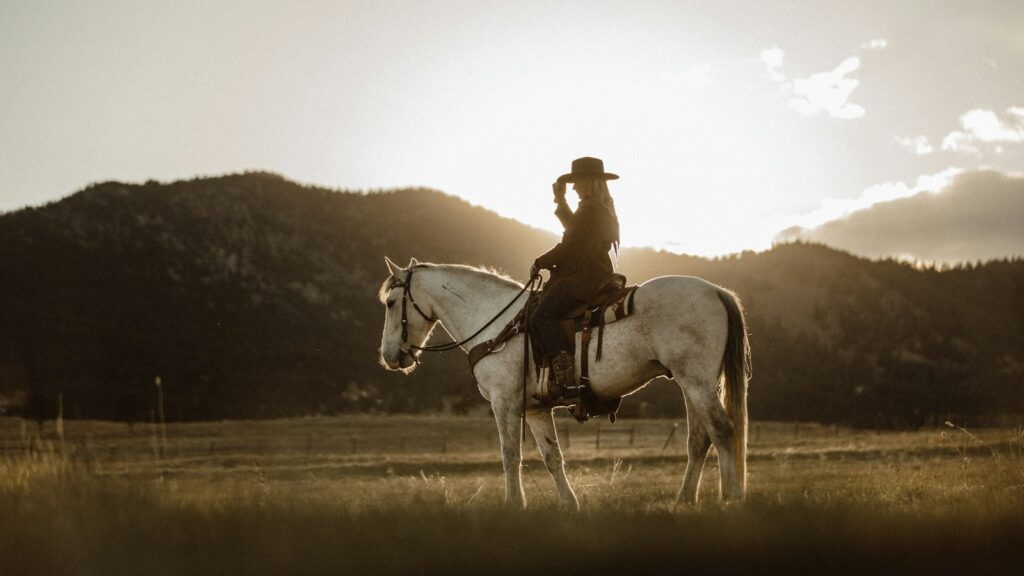
The legendary Four Sixes Ranch (6666) in Texas spans over 260,000 acres and has maintained its commitment to traditional horsemanship since its establishment in 1870 by Samuel Burk Burnett. Recently gaining renewed fame through its feature in the television series “Yellowstone,” the ranch’s horse program remains one of America’s most respected, producing superior American Quarter Horses for both ranch work and competition. Despite its size and modern cattle management systems, the Four Sixes relies heavily on its cowboy workforce mounted on ranch-bred horses to handle its extensive cattle operations. The ranch maintains approximately 200 broodmares and stands several influential quarter horse stallions, creating horses specifically bred for their ability to work cattle in rough terrain. Cowboys at the Four Sixes still spend long days in the saddle gathering and working cattle across pastures that stretch to the horizon, proving that in many situations, horses remain more effective and efficient than mechanical alternatives when it comes to handling livestock.
Pitchfork Ranch: Where Time Stands Still
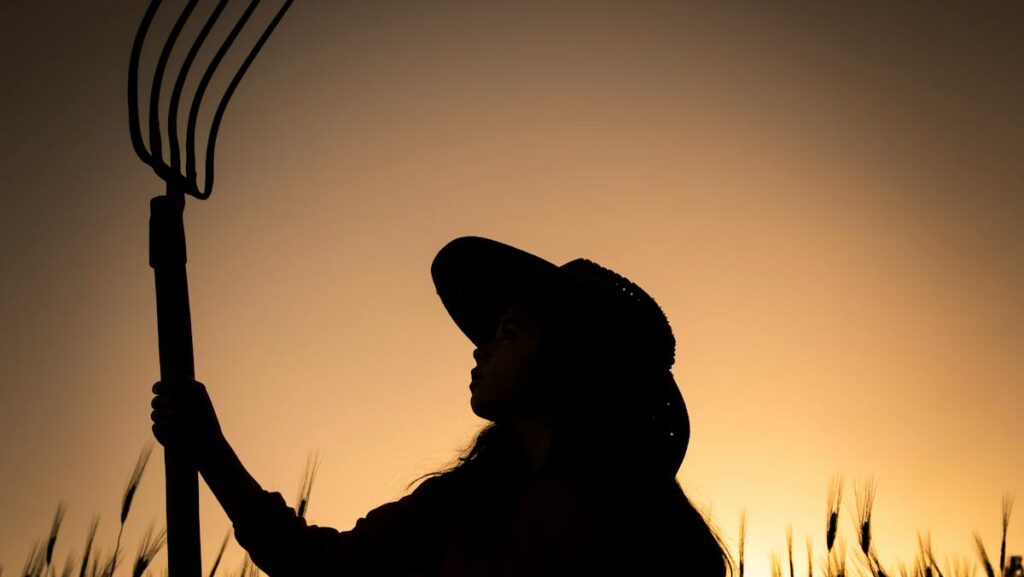
Operating continuously since 1883 in the rolling plains of Texas, the Pitchfork Ranch covers approximately 180,000 acres and stands as one of the most historically intact ranching operations in America. Here, cowboys still gather at dawn for their daily assignments before heading out on horseback to tend to the ranch’s commercial cattle herd. The Pitchfork takes particular pride in its remuda of ranch-raised horses, many descended from bloodlines that have worked this same land for generations. Ranch manager Bob Moorhouse has been quoted saying, “A good horse can see a sick cow before most cowboys can,” highlighting the intuitive advantage horses bring to daily ranch operations. The ranch’s twice-yearly works, when cattle are rounded up for branding or shipping, involve intensive horsemanship as cowboys and their mounts work together to gather and sort thousands of cattle across rugged rangeland. Pitchfork horses are bred specifically for their cow sense, stamina, and surefootedness—qualities that make them irreplaceable partners in managing both the cattle and the land itself.
Waggoner Ranch: Historic Texas Giant
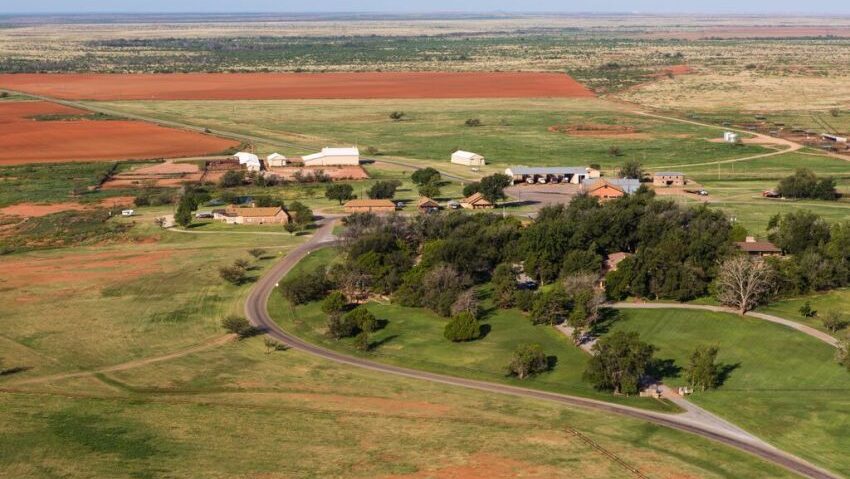
Until its sale in 2016, the Waggoner Ranch stood as the largest ranch in Texas under one fence, spanning approximately 535,000 acres across six counties. Despite changes in ownership, the ranch maintains its horse-centered operation, with cowboys still conducting daily work from the saddle. The Waggoner’s horse program dates back to the 1800s and has produced some of the finest working Quarter Horses in the country, including horses descended from the legendary Poco Bueno, whose mounted remains still stand on the ranch property—a testament to the horse’s significance to the operation. The ranch typically maintains a remuda of over 200 working geldings, each assigned to specific cowboys who develop deep partnerships with their mounts. Current ranch management continues the tradition of breeding horses specifically for the challenging work of handling cattle across the ranch’s diverse terrain of mesquite flats, rolling hills, and brushy draws. Even with modern ranch equipment available, Waggoner cowboys insist that proper cattle handling requires the intelligence and agility that only a well-trained ranch horse can provide.
ORO Ranch: Arizona’s Remote Working Treasure
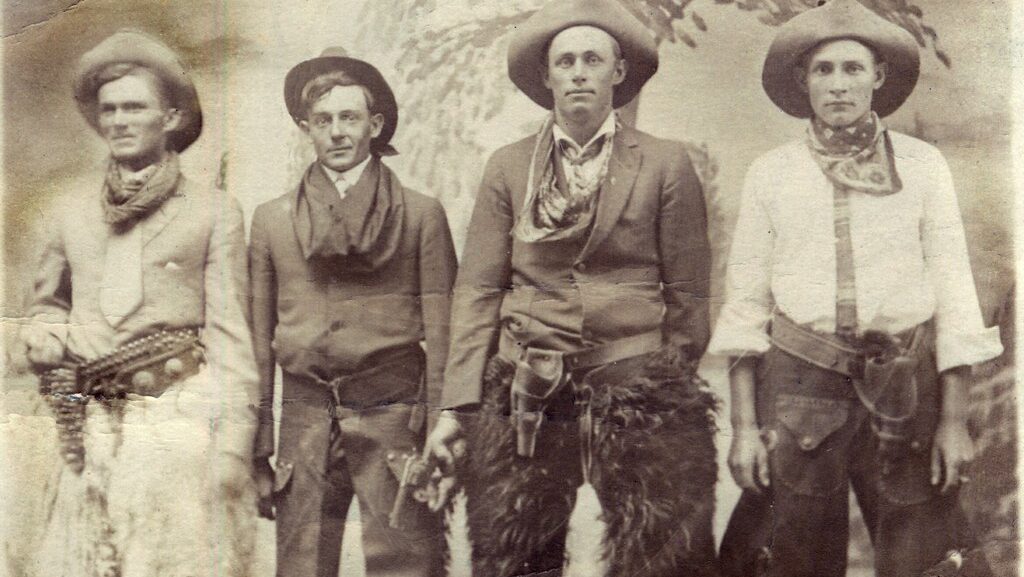
Tucked away in the high country of Arizona, the ORO Ranch spans over 200,000 acres of some of the most rugged ranching country in America, where modern vehicles are often useless against the steep canyons and rocky terrain. This historic ranch, established in the 1930s, maintains one of the most traditional cowboy operations in the country, with its remoteness and challenging landscape making horses not just preferred but essential for daily work. Cowboys live in remote line camps across the property, relying entirely on their string of 8-10 horses to work cattle in areas where no roads exist. The ORO’s horse program focuses on breeding animals with exceptional stamina, intelligence, and sure-footedness—qualities tested daily as riders navigate terrain that drops thousands of feet from mesa tops to canyon bottoms. Ranch manager Rowdy Sanford maintains that “a good mountain horse is worth ten cowboys,” highlighting how the ranch’s operation would be impossible without their carefully selected and trained horse herd. During gatherings, cowboys and their mounts often track cattle through terrain so challenging that the work more closely resembles hunting than conventional ranching.
Padlock Ranch: Horseback Management Across State Lines
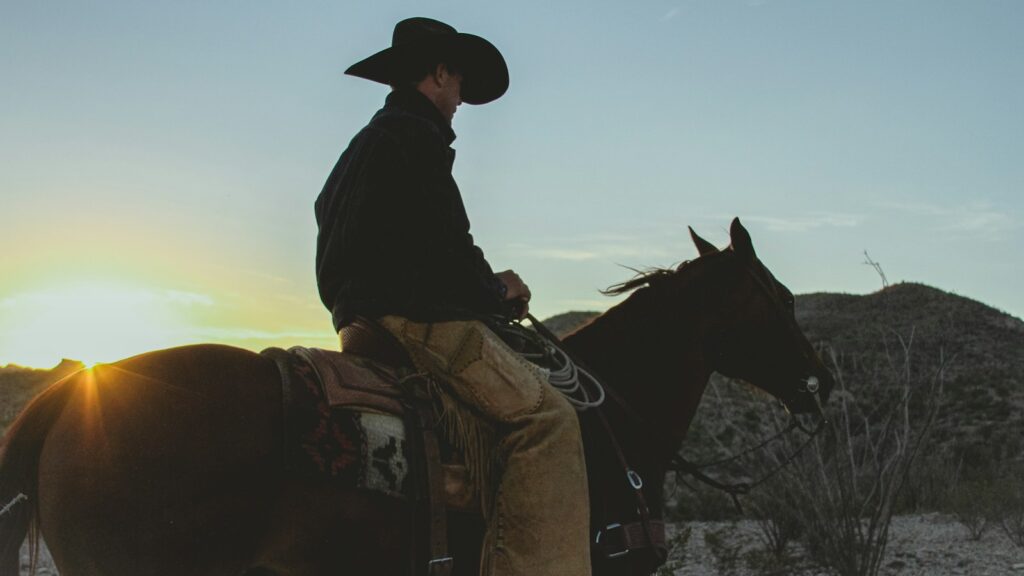
Straddling the Wyoming-Montana border, the Padlock Ranch encompasses approximately 500,000 acres of diverse rangeland and remains one of the largest cow-calf operations in the country. Despite its size and modern management practices, the Padlock maintains a strong commitment to traditional horsemanship in its daily operations. The ranch keeps a remuda of nearly 100 working horses, with each cowboy assigned 8-10 horses as their personal string for rotating use throughout the work week. Under the leadership of the Scott family, the Padlock has developed a unique management approach that blends modern ranching science with traditional horse-based gathering and handling methods. During spring and fall works, teams of riders spend weeks in the saddle gathering cattle from remote mountain pastures and sagebrush plains that vehicles simply cannot access effectively. The ranch has found that low-stress livestock handling—critical for optimal cattle health and productivity—is most effectively accomplished from horseback, where a skilled rider can read and respond to cattle behavior with minimal disruption.
Parker Ranch: Hawaiian Paniolo Tradition
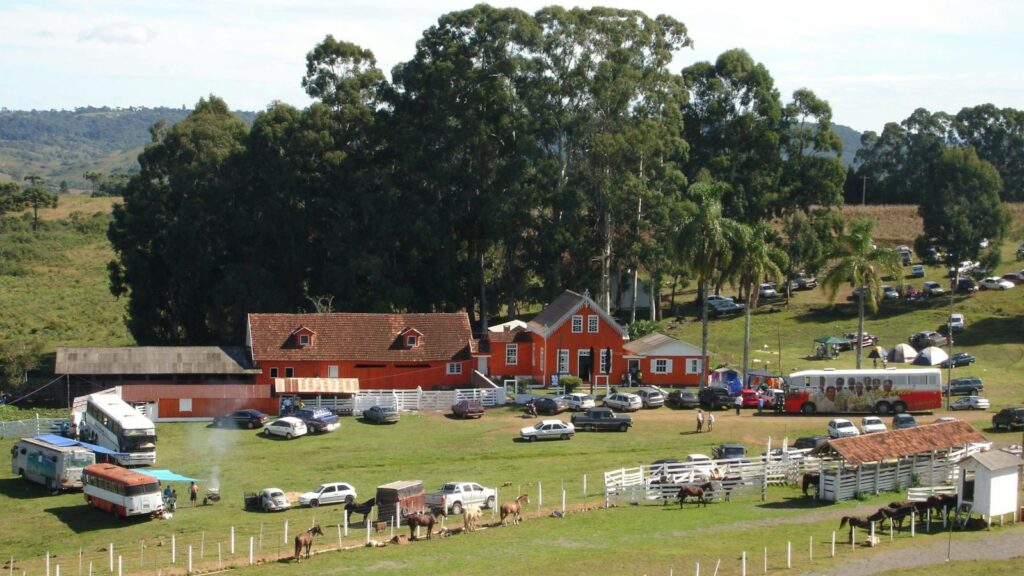
On the Big Island of Hawaii sits the historic Parker Ranch, established in 1847 and spanning approximately 130,000 acres of tropical island terrain. This unique operation represents America’s ranching tradition in perhaps its most unexpected location, maintaining the distinctive paniolo (Hawaiian cowboy) culture that blends Hawaiian, Mexican, and American cattle-handling traditions. Despite Hawaii’s isolation, Parker Ranch developed one of the most respected horse programs in the Pacific, breeding mounts specifically suited to working cattle across the ranch’s diverse landscape of high mountain pastures and tropical lowlands. Today, Parker Ranch paniolos still work primarily from horseback, maintaining a remuda of approximately 100 working horses descended from bloodlines that have been on the island for generations. The ranch’s horses are renowned for their versatility and ability to navigate the challenging volcanic terrain, moving cattle between elevations that range from sea level to over 8,000 feet on the slopes of Mauna Kea. Parker Ranch stands as living proof that the horse-centered ranching tradition transcended the mainland to develop unique expressions even in America’s most distant state.
Deseret Ranches: Mormon Pioneer Heritage
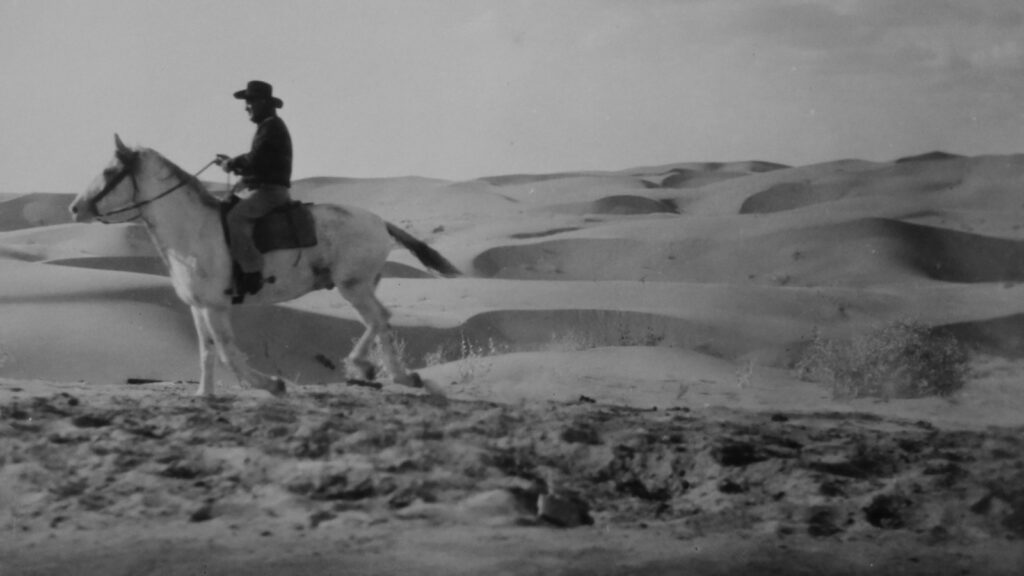
Owned by the Church of Jesus Christ of Latter-day Saints, Deseret Ranches spans over 300,000 acres across Florida and represents one of the largest cow-calf operations in the country with approximately 44,000 head of cattle. Despite its size and the church’s reputation for embracing modern technology, Deseret maintains a traditional horse program with cowboys conducting much of their daily work from the saddle. The ranch breeds its own horses specifically for the unique challenges of Florida’s environment, including the ability to work effectively in wet conditions, high heat, and around the abundant wildlife that includes alligators and wild hogs. Each cowboy at Deseret typically maintains a string of 8-10 horses, rotating mounts throughout the week to ensure fresh, sound animals for the demanding work. Ranch manager Erik Jacobsen has noted that while ATVs and trucks have their place on the operation, horses remain essential for working in environmentally sensitive wetland areas and for proper low-stress cattle handling during gathering and sorting operations. The ranch’s commitment to horsemanship represents an interesting blend of pioneer heritage with cutting-edge agricultural management.
Bell Ranch: New Mexico’s Historic Cattle Kingdom

The Bell Ranch in New Mexico encompasses approximately 290,000 acres of shortgrass prairie and breaks along the Canadian River and stands as one of the most historically significant ranches in the Southwest. Established in the 1820s when New Mexico was still part of Mexico, the Bell has maintained an unbroken tradition of horseback cattle management across nearly two centuries. The ranch’s distinctive bell brand is one of the oldest continuously used livestock brands in America. Today, Bell Ranch cowboys still work from horseback daily, maintaining the vaquero-influenced traditions that characterize Southwestern ranch culture. The ranch breeds its own horses specifically for working in the region’s challenging terrain of mesa tops, deep arroyos, and cedar breaks that make vehicle use impractical in many areas. Bell Ranch horses are known for their cow sense, intelligence, and ability to work in extreme weather conditions from summer heat to winter blizzards. Ranch manager Kris Wilson has stated that “a good horse can read a cow’s mind,” highlighting the intuitive advantage horses bring to handling cattle in the ranch’s vast pastures.
Babbitt Ranches: Arizona’s Sustainable Stewards
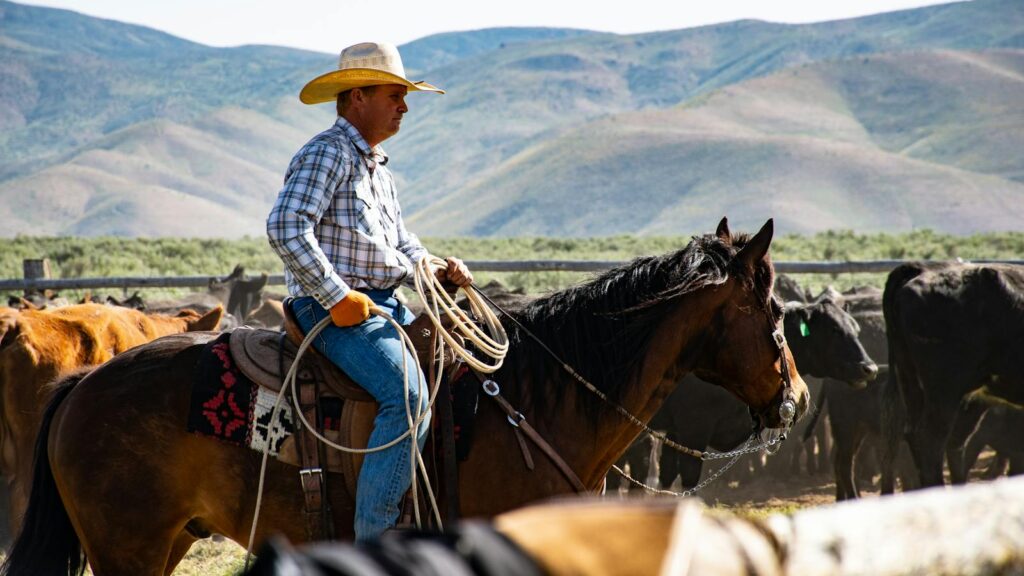
Spanning over 700,000 acres of northern Arizona’s high desert and pine forest, Babbitt Ranches has operated continuously since 1886 and maintains one of the West’s most respected horse programs. The ranch’s distinctive Hashknife brand has become synonymous with quality horsemanship and responsible land stewardship. Babbitt cowboys still work primarily from horseback across terrain that ranges from the rim of the Grand Canyon to the high plains below the San Francisco Peaks. The ranch maintains the historic Arizona Ranchers (AR) horse breeding program, developed specifically for the demands of high-country ranching with an emphasis on intelligence, stamina, and soundness. Each year, the ranch holds the Spider Web Camp horse sale, offering young ranch-bred horses that have been started in authentic working conditions. Ranch president Billy Cordasco has maintained that “horses connect us to the land in ways machines never can,” expressing the ranch’s philosophy that proper land stewardship requires the intimate connection to the landscape that comes only through horseback work. Babbitt Ranch horses regularly cover 25-30 miles in a day’s work through country where vehicles cannot effectively travel.
Ladder Ranch: Ted Turner’s Conservation Showpiece
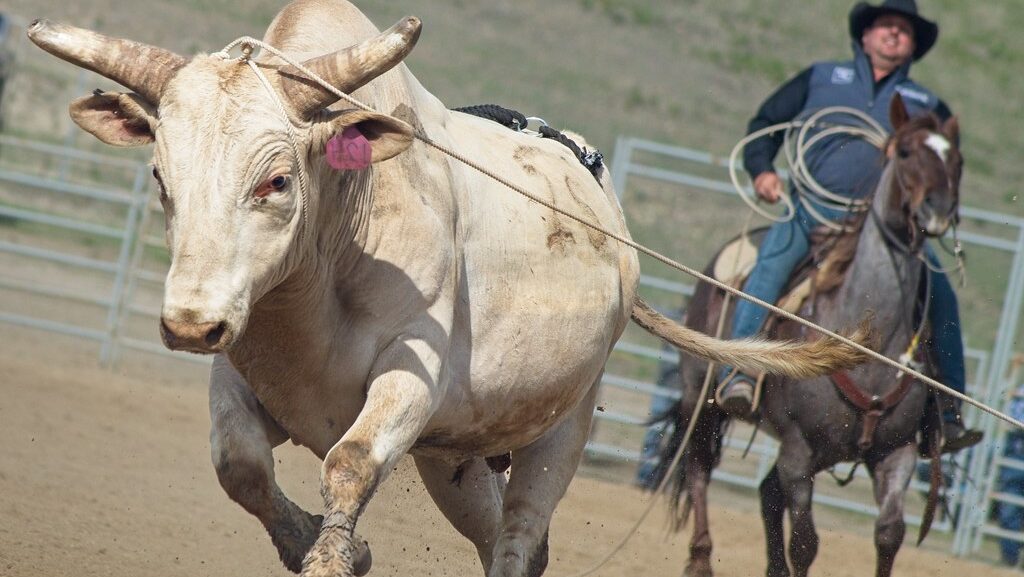
Owned by media mogul and conservationist Ted Turner, the 156,000-acre Ladder Ranch in southern New Mexico represents a unique blend of traditional ranching practices with cutting-edge conservation biology. Despite Turner’s reputation for innovation, the ranch maintains a traditional remuda of working horses for daily cattle operations across its diverse landscape of desert, mountains, and riparian areas. Ranch manager Steve Dobrott has maintained that horses provide the least disruptive way to monitor both the ranch’s commercial bison herd and its extensive wildlife conservation projects, including programs for endangered species like the Mexican wolf and Bolson tortoise. The ranch’s horse program focuses on breeding mounts that handle the challenging transition zones between ecosystems, from desert flats to mountain woodlands. Ladder Ranch cowboys rely on their horses not only for gathering livestock but also for conducting biological surveys in wilderness areas inaccessible to vehicles. The ranch represents an interesting case where traditional horsemanship serves modern conservation goals, with riders using age-old skills to address contemporary environmental challenges.
Lonesome Pine Ranch: Kansas Flint Hills Tradition
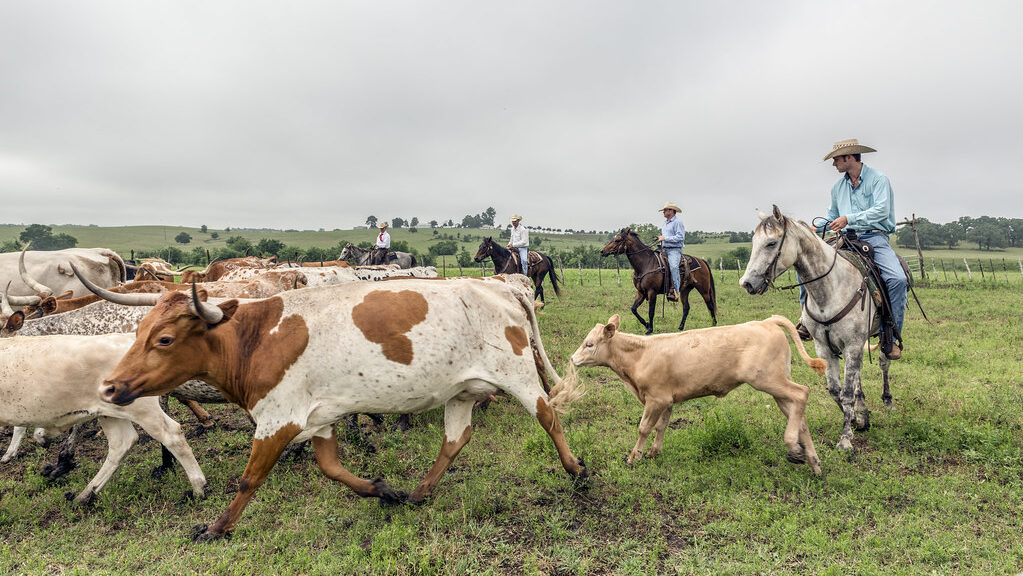
In the heart of the Flint Hills of Kansas, the Lonesome Pine Ranch maintains one of the most traditional horse-centered operations in the tallgrass prairie ecosystem. Spanning approximately 50,000 acres of native prairie, this working ranch specializes in the region’s signature enterprise: summer grazing for transient cattle shipped in from other states to fatten on the nutritious bluestem grasses. Ranch manager Jack Grier maintains a year-round crew of cowboys who work exclusively from horseback to monitor and move thousands of cattle across the rocky, hilly terrain that gives the Flint Hills their name. The ranch breeds its own horses specifically for the demands of the region, where limestone outcroppings make vehicle use impractical and potentially damaging to the native prairie. Lonesome Pine horses are known for their sure-footedness, stamina, and ability to handle the extreme weather conditions that sweep across the open grasslands. During the intensive spring burning season, when thousands of acres are intentionally burned to rejuvenate the native grasses, ranch horses are essential for setting and controlling fires in areas inaccessible to vehicles, carrying riders through smoke and across freshly burned ground to manage this ecological process.
Authentic Horsemanship: Why These Ranches Resist Full Mechanization
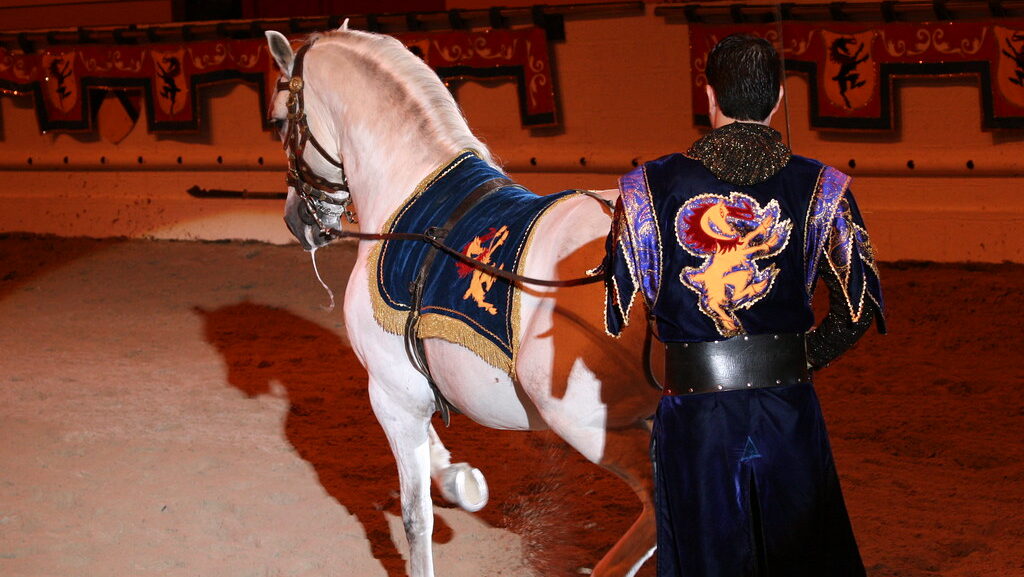
While economic pragmatism certainly influences these ranches’ continued reliance on horses, the deeper reasons extend far beyond simple cost calculations. Horses offer a combination of mobility, intelligence, and instinct that machines simply cannot replicate in complex terrain and livestock handling situations. Many ranch managers point out that horses can work effectively in weather conditions that sideline even the most rugged vehicles—from deep snow and mud to extreme heat. Beyond practical considerations, these historic ranches recognize that proper land stewardship requires the intimate connection to the landscape that comes only through horseback work. Cowboys can detect subtle changes in vegetation, wildlife activity, and cattle behavior from horseback that might be missed from a vehicle. Perhaps most importantly, these ranches understand that the traditional skills of horsemanship represent a cultural heritage worth preserving—a direct connection to the pioneering spirit that shaped the American West. As Four Sixes Ranch foreman Joe Leathers once observed, “When you lose a horse from ranching, you lose the heart of what makes this way of life special,” capturing the sentiment that drives these operations to maintain their equine partnerships despite the availability of modern alternatives.
Conclusion
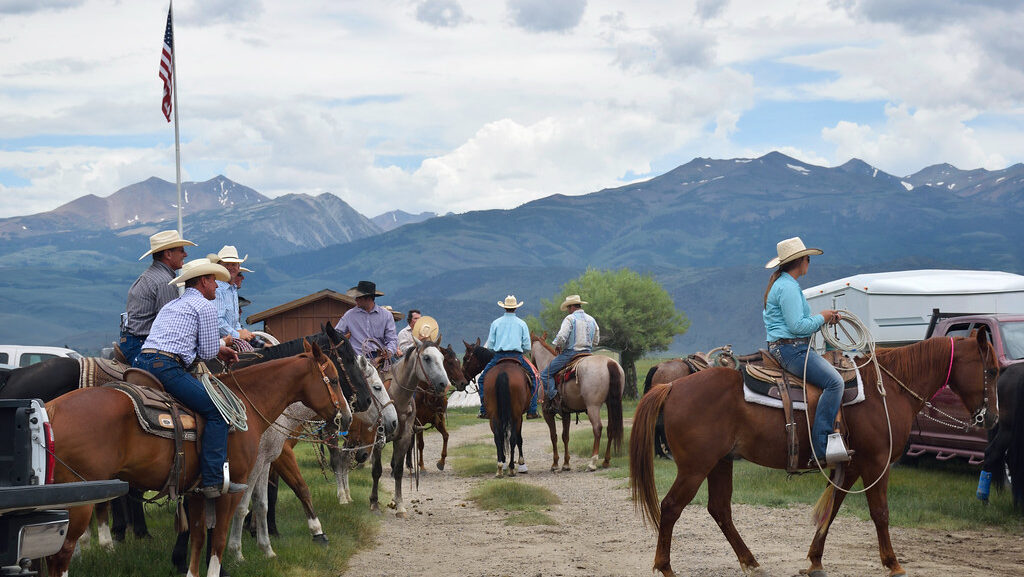
America’s historic ranches that maintain traditional horse operations stand as living testaments to a way of life that shaped the nation. While adapting to modern business realities, these ranches recognize that some aspects of land and livestock management remain most effectively accomplished from the back of a well-trained horse. Their continued commitment to breeding, training, and working with horses ensures that authentic Western horsemanship will endure not just as a historical curiosity, but as a vital, practical tradition. These ranches demonstrate that in certain environments and for certain tasks, the ancient partnership between humans and horses remains not just nostalgically appealing but pragmatically superior. In preserving these traditions, they maintain a direct connection to the skills, values, and wisdom that built the American West—proving that sometimes the old ways endure not because of resistance to change, but because they continue to work.

